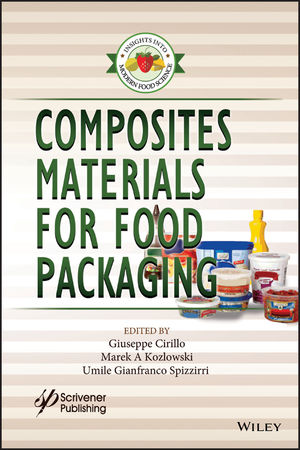Field Reports
Processor cuts packaging line downtime
JTM increases productivity by adding splicers to vertical form fill and seal machines

JTM estimates that adding a Butler Automatic splicer reduced film changeover time from 15 minutes down to 10 seconds.
Photo courtesy of Butler
JTM is a food processing plant with more than 700 food products, about 70 percent of which is meat prepared foods and 30 percent of which is non-meat prepared foods, mainly cheese. Founded by Jack Maas, Sr., as a neighborhood meat store in 1961, the family-owned company has grown to $170 million in annual sales, with 430 employees.
About 65 percent of JTM’s products are sold to school lunch cafeterias, with 20 percent sold to restaurants, including national chains and general distribution through major foodservice warehouses. About 10 percent are sold to the military, including troops in Afghanistan and Iraq. A final 5 percent of JTM’s sales are to retail customers; for example, it serves a large Kroger distribution area.
JTM runs a grind-and-form operation that produces hamburgers, meatballs, and pork sausages; a kettle cooking operation for flowable food products, such as filling, macaroni and cheese and sauces; and a bakery operation that produces buns in a number of sizes and permutations. Not satisfied with resting on their laurels, the company fields an extensive research and development team, with three educated chefs and other technicians constantly developing new products.
Because the company manually switched rolls of film on VFFS machines used for the grind-and-form and kettle-cooking packaging operations, JTM Vice President Joe Maas figured he had to accept the downtime that went along with that essential operation. The time it takes to change rolls of packaging film is frequently the single greatest cause of downtime in packaging lines.
Maas estimates that it was taking about 15 minutes for each packaging roll changeover and splice to the next roll, which mounts up over the course of a day. He notes the 15 minutes includes not only the actual time it takes to change the roll, but also factors in turning the machine off for the inevitable additional trips to the restroom, searching for film in storage areas and other minor items that take time.
While walking the PACK EXPO floors in 2013, Maas spotted a zero-speed automatic splicer exhibited by Butler Automatic. The automatic splicing technology joins a new roll to the expiring roll, maintaining registration without stopping the production line. The machines are typically configured vertically, with one running roll feeding the process and another in a standby position. When the running roll expires, the machine initiates a splice, joining the beginning of the new roll to the end of the expiring roll. An accumulator storing material is used to feed the downstream production while the splice is taking place. When the splice is complete, the accumulator is refilled and the expired roll can be changed while the new roll is running, eliminating roll-change downtime in production.
Maas placed an order for one machine and brought it online to see how it would actually perform in his environment. He reckons it reduced film change from 15 minutes down to 10 seconds, which had a huge positive impact on production output.
After the first Butler Automatic Web Splicer proved so successful, JTM purchased three more, so now all the grind-and-form and kettle operations have VFFS machines equipped with Butler splicers.
Maas says he goes through 50 rolls a week, which translates into just over 8 hours of production time gained by adding the Butler splicer.
“Each customer must make their own determination if it’s right for them, but everyone should at least look into it,” Maas says. “Now when I look at VFFS machines without a splicer, I am kind of shocked.”
For more information, visit www.butlerautomatic.com
Looking for a reprint of this article?
From high-res PDFs to custom plaques, order your copy today!







